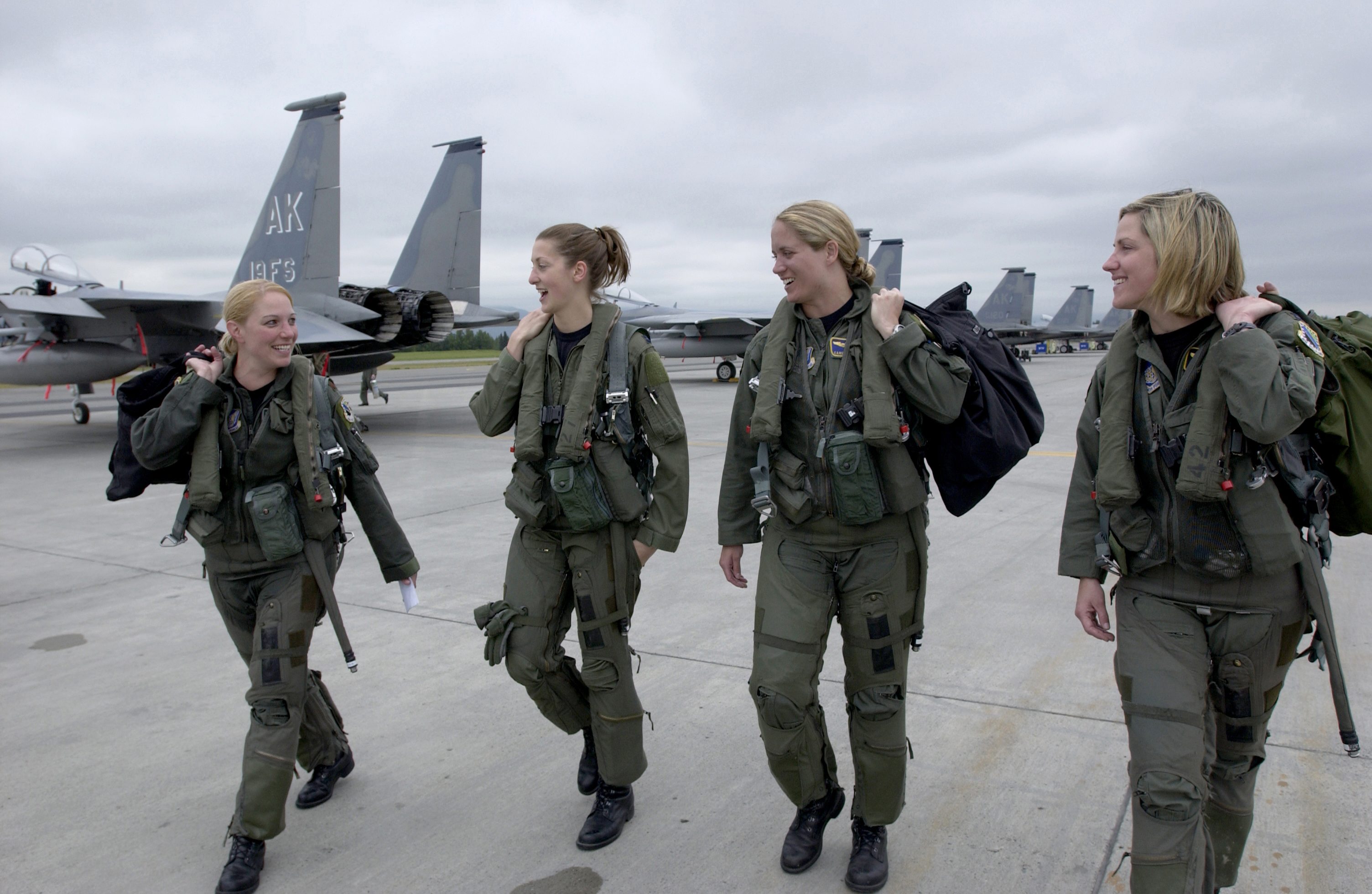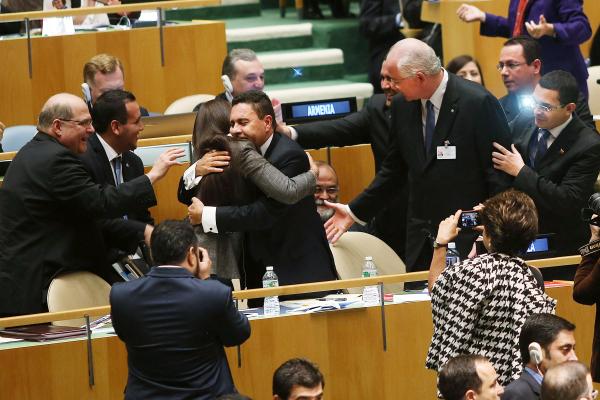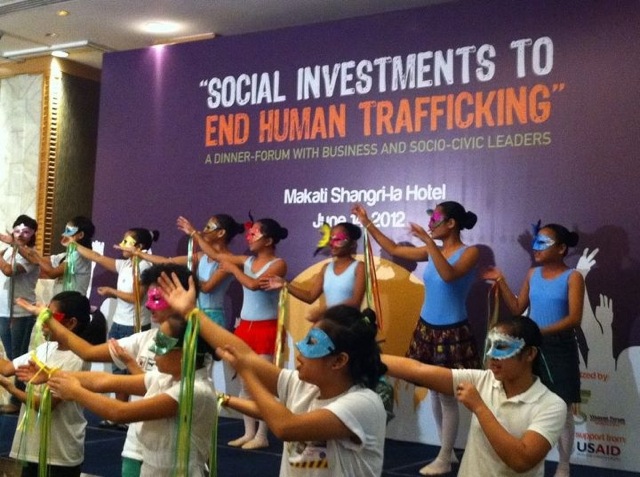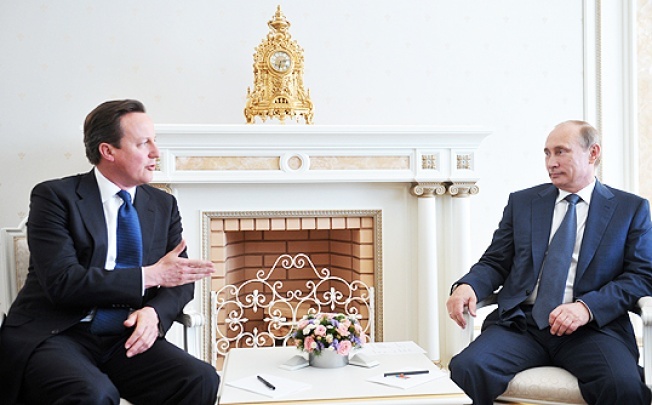A video posted on Youtube in 2011, featuring female US Air Force cadets marching to “jodies” (songs used in a cadence, a call-and-response work utilized by the military), a day before their graduation from Basic Military Training (BMT) in Lackland, Texas recently caught my attention.
The Drill Sergeant, referred too as Dee-Dee, leads her cadets through a series of jodies as they march. This video is intriguing because the jodies the cadets are marching to, including the one that inspired the title of this piece, “Steamroller,” by Elvis Presley, although not particularly gender-oriented, have a feeling of female empowerment. Whether it’s the fact that a female drill sergeant is calling and an all female unit is responding, or simply that these women are dressed in the uniform of one of the most powerful militaries on Earth, one can’t escape the feeling of screaming: “GIRL POWER!”
Therefore, thanks to this short video and the inspiration that military women offer, the following article and subsequent interactive Prezi presentation have been developed in order to provide snapshots of women’s role in the military around the world. This piece is not meant to glorify war, instead it is meant to examine the histories of women in the military in specific countries and reflect on their contributions, as well as the challenges they still face.
A (very) Brief History of Women in the Military
Women, throughout history, have represented a paradox. We exemplify both the strength and weakness of the world, apparently. In every culture, faith, religion and ideology women play a role, however this role differs, making the modern struggle to identify femininity as well as women’s rights and roles in society extremely complicated.
As far as women’s military history is concerned however, there are several female warrior figures who exemplify a “strong” woman. For example, in Greek mythology the Amazons, referred to as warrior women, were ever-present and Athena, the goddess of warfare, was also an important character. There are several real female warriors that also etched their names in history during the Middle Ages. From Princess Sela, the sister of the King of Norway in the 5th Century CE who is rumoured to have been a warrior and a pirate, to Agnes Hotot Dudley who beat her father’s opponent in a duel around the early 1400’s CE.
 Perhaps, the most famous historical female warrior in the Western world is Joan of Arc. The Maid of Orleans, a French girl of peasant origin, created a legacy that has inspired stories, movies, faith and individuals since her tragic death in 1431. Her fame comes from her successes in battle, but the inspiration she gives to many individuals, including women, originates in her perseverance as a young female. Most 18-year-olds today are more interested in things such as Kik, Macklemore, those illogical graphic tees at Forever 21 and (I hope) college. As journalist and writer, E. Jean Carroll tweeted recently, “If Joan of Arc can turn the tide of an entire war before her 18th birthday, you can get out of bed.”
Perhaps, the most famous historical female warrior in the Western world is Joan of Arc. The Maid of Orleans, a French girl of peasant origin, created a legacy that has inspired stories, movies, faith and individuals since her tragic death in 1431. Her fame comes from her successes in battle, but the inspiration she gives to many individuals, including women, originates in her perseverance as a young female. Most 18-year-olds today are more interested in things such as Kik, Macklemore, those illogical graphic tees at Forever 21 and (I hope) college. As journalist and writer, E. Jean Carroll tweeted recently, “If Joan of Arc can turn the tide of an entire war before her 18th birthday, you can get out of bed.”
During more recent centuries, particularly the 18th and 19th century, women’s roles in the military increased but remained confined to the medical and communications field. World War I and II gave women new opportunities to serve in the military however, because of its scale. Women could alleviate the personnel shortages and fill roles that were not open to them before. For example, in Britain and Germany, thousands of women participated in anti-aircraft units, while in Russia women even served as snipers. Unfortunately, it would take several more decades for militaries to make substantial efforts to integrate and utilize women. Internationally, the past two decades in particular have seen immense changes in women’s role in the armed forces.
Challenges Then, Challenges Today, Challenges Tomorrow
Women’s role in the military has always been a contentious topic. Most recently, the debate in the United States centered on whether women should be allowed in combat roles brought to the forefront the issues and misconceptions women face. Despite the US’ status as one of the most modernized militaries in the world, the decision to allow women into combat roles ignited heated arguments, and split most of the American public. In a small poll by Debate.org in 2014, 51% of respondents were for the proposed bill and 41% were against. In 2015 however, the US military lifted the ban on women in ground-combat roles, and by 2016 they hope to have these roles fully opened.
The challenges women experience today in the military depends largely on the country, culture, and region. There are several challenges however that all women face, even amongst highly integrated militaries that women have been a part of for decades. These include:
- The inability to move upward into leadership positions.
- Experiencing difficulty in balancing a family life and a full-time military career.
- Personally struggling to identify and remain what is socially considered “feminine” while working in a relatively male-dominated environment.
- Maintaining mental health and stability.
- Enduring common sexual harassment and a lack of proper channels to report it.
The issue of sexual harassment in particular has stained the reputation of several militaries, including Canada and the United States. Recently, in early 2015, Canadian Supreme Court Justice Marie Deschamps released a scathing report on the “sexualized culture” of the Canadian Armed Forces. Perhaps, the most demoralizing finding of the review was that as many women move up in ranks, they “get used” to the harassment. Simply because, well, what else are they going to do?
It is important to keep in mind this challenge and those aforementioned, not only because they need to be addressed, but also because they indicate the strength of military women. Despite experiencing such challenges, they choose to serve their country anyway and for their own reasons.
The following Prezi presentation is not an exhausted list of all countries and their female military personnel (although it will be updated periodically). It is instead a snapshot of specific achievements meant to encourage you, the reader, to learn more about women’s historical role in the military. Remember these women when you speak about war, conflict, peace, security and especially, soldiers: because they wear camo too.
To view the Prezi Presentation please follow the link: Shattering Stereotypes: A Snapshot of Women in the Military.
As mentioned, this presentation will be updated periodically so please stay tuned for updates by following the author on twitter @victoria_heath7 as well as the NATO Association of Canada at @NATOcanada. We would also appreciate any new suggestions of countries to feature.






